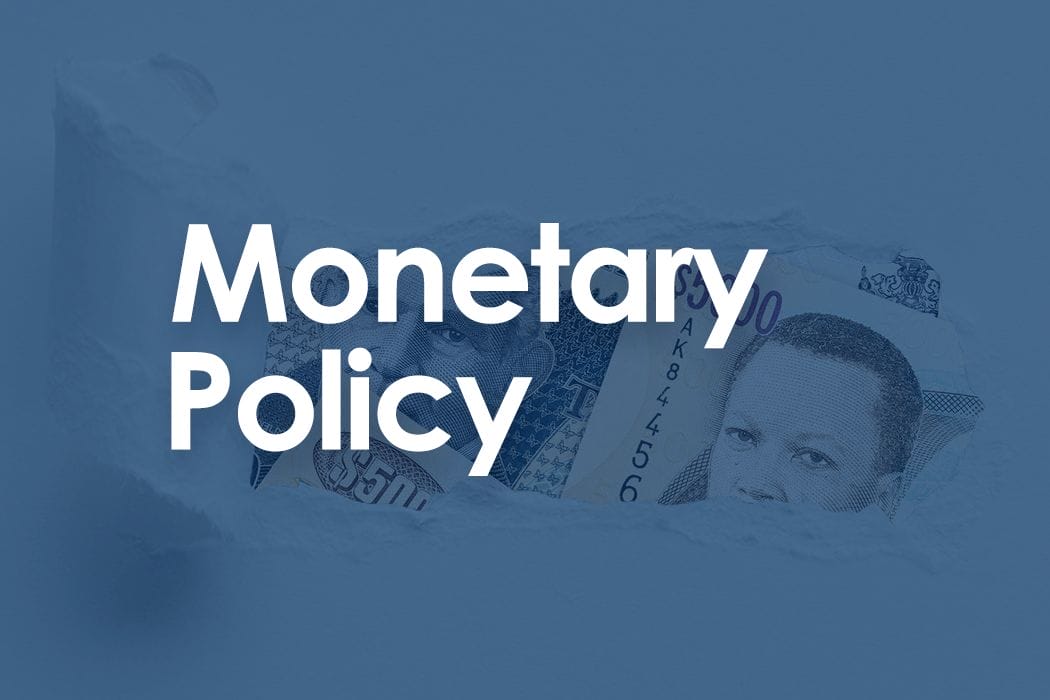
Bank of Jamaica’s Monetary Policy Committee (“MPC/the Committee”) sets monetary policy to meet the inflation target of 4.0 per cent – 6.0 per cent, as outlined by the Minister of Finance in April 2021.
At its meetings on 17 and 18 August 2021, the MPC noted that recent significant increases in international commodity prices will cause inflation in Jamaica to temporarily breach the upper limit of the Bank’s target range from as early as the September 2021 quarter. This situation is not unique to Jamaica as other economies such as the US are experiencing higher than normal inflation. While the MPC decided to maintain the policy rate at 0.50 per cent, the Committee agreed to consider commencing a tightening of monetary policy at its next meeting in September 2021. The Committee also decided to implement other measures aimed at moderating inflation expectations, including the containment of Jamaican dollar liquidity expansion. The Committee reiterated that, while the Bank does not target any specific level of the exchange rate, Bank of Jamaica will seek to ensure that movements in the exchange rate do not threaten the inflation target. The following projections and considerations informed the Committee’s decision:
Inflation is projected to average 5½ to 6½ per cent over the next two years, which is higher when compared to an average inflation rate of 5.0 per cent over the past two years and an upward revision relative to the previous forecast. Inflation is likely to breach the upper limit of the Bank’s target range over the next year and gradually decelerate thereafter as the transitory effects of the pandemic fade. Conditional on the gradual tightening of monetary conditions, inflation is projected to remain at 5.0 per cent over the medium term.
The inflation forecast for the next two years anticipates a gradual rise in core inflation, supported by the lagged impact of higher international commodity and shipping prices, a recovery in domestic demand and a temporary increase in inflation expectations. The recovery in domestic demand conditions will be driven mainly by external demand. The outlook for core inflation also contemplates the effects of one-off adjustments in selected regulated prices as well as further increases in house rental rates. In addition, headline inflation is projected to be affected by the lagged and second round impact of energy prices. While international commodity and logistics prices are expected to remain elevated in the short term, they are projected to fall as demand/supply imbalances in the global economy continue to improve.
The annual point to point inflation rate at July 2021 was 5.3 per cent, lower than the 5.7 per cent at July 2020 and within the Bank’s target range. The outturn was, however, above the 4.3 per cent recorded for the previous month. When compared with July 2020, the outturn mainly reflected the moderating impact of lower agricultural food price inflation, partly offset by the impact of increased international commodity prices, continued accommodative monetary conditions and improved, albeit weak, aggregate demand.
While there is a high level of uncertainty surrounding the inflation forecast, especially given the emergence of new variants of the coronavirus in some countries, the risks to the near term inflation forecast are skewed to the upside. Upside risks (which means that inflation could track above the forecast) include higher than expected inflation expectations stemming from the shock to international commodity prices and the impact of an adverse hurricane season on the supply of agricultural foods and prices. On the downside, demand conditions could be weaker than anticipated because of lower global growth and tighter stringency measures, while there could be a stronger than expected fall in commodity prices, all stemming from the emergence of the delta variant of the coronavirus. The prices for a number of commodities, including grains and oil, have already fallen from their recent peak levels.
GDP growth for FY2021/22 is projected within the range of 7.0 per cent to 10.0 per cent and is expected to moderate within a range of 2.0 per cent to 4.0 per cent for FY2022/23. Economic activity is expected to improve over the near term, relative to the previous forecast, due to the impact of stronger than expected improvements in the economies of Jamaica’s major trading partners. In this context, growth in the services industry (particularly tourism) is expected to be stronger than previously anticipated. The economy is expected to return to pre-Covid-19 levels by the end of 2022.
The risks to the domestic GDP forecast are balanced. Growth in tourist arrivals and related activities could rebound faster than currently projected, given the pace of vaccination in Jamaica’s main source markets and the pent-up demand that exists. The key downside risk relates to the emergence of new variants of the Covid-19 virus and the efforts to control it. If Jamaica’s stringency measures are tightened over a protracted period, retrenchment in travel and disruptions in the production and distribution of goods could occur.
The US GDP growth forecast for the 8-quarter horizon remains broadly unchanged, relative to the previous forecast, although growth is higher than previously projected for 2021. Economic activity in the US continues to be aided by the progressive control of the Covid-19 pandemic in the context of vaccine rollouts, the release of pent-up demand as well as the impact of additional fiscal stimulus. Inflation in the US was 5.4 per cent at July 2021, above the target of 2.0 per cent and is projected to remain elevated for some time. The risks to the economic outlook for the US are skewed to the downside as recurring waves of coronavirus infections could prompt more measures aimed at containing them.
The forecast for energy and grains prices have been revised upwards given the improvement in the global economy, but these prices are expected to fall before the end of 2021.
The domestic fiscal policy stance remains appropriate to support the inflation objective. In this regard, fiscal policy is not expected to pose any unanticipated risks to inflation over the near term.
The MPC will continue to closely monitor the economic environment and will take whatever action is necessary to achieve its objective.
_____________________
Chairman of the MPC
19 August 2021








